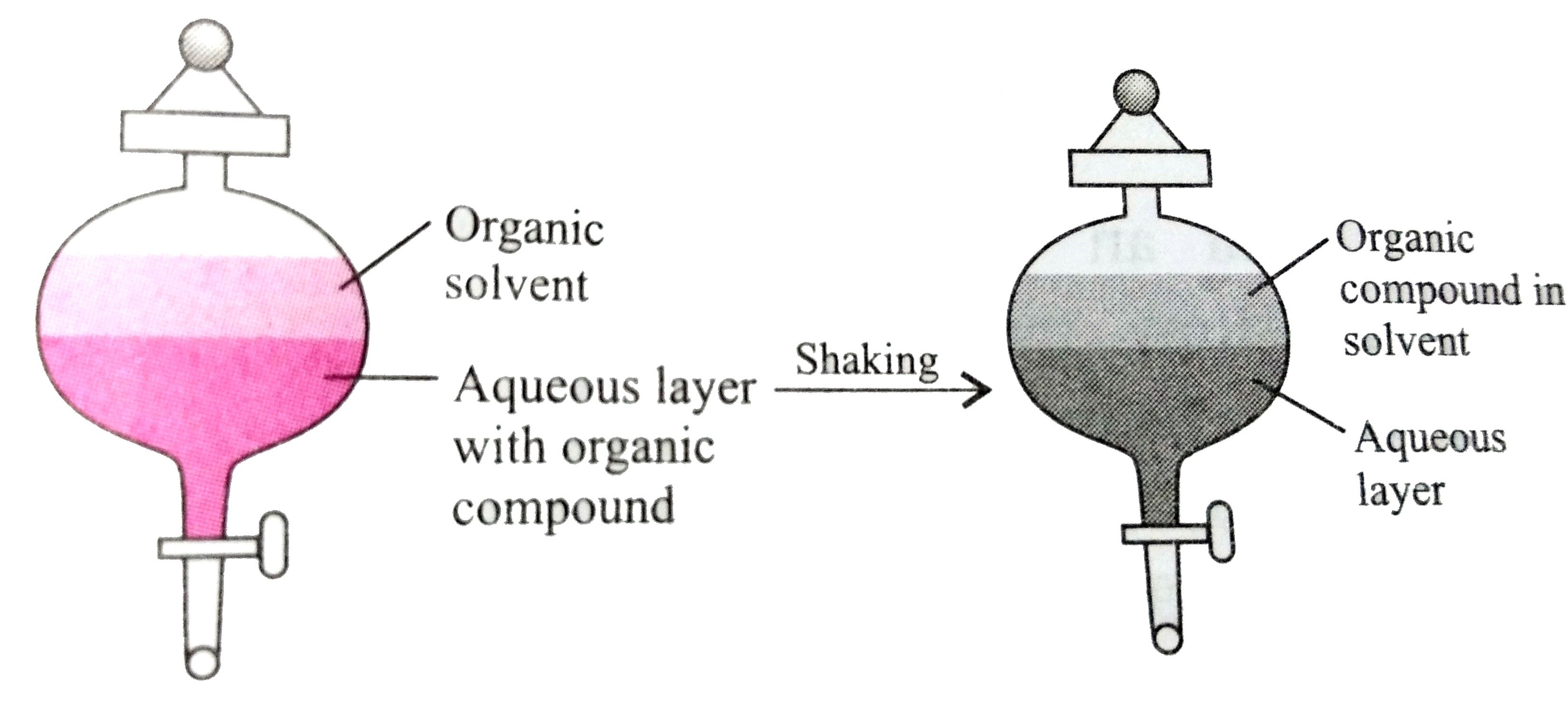The free genes started absorbing the organic compounds from the prebiotic soup and evolved into
Anaerobic autotrophs
Aerobic heterotrophs
Aerobic protobionts
Anaerobic heterotrophs
The correct Answer is:D
Step-by-Step Solution:
1. Understanding the Question: The question asks about the evolution of free genes that absorbed organic compounds from the prebiotic soup. We need to identify what they evolved into.
2. Defining Prebiotic Soup: The prebiotic soup refers to a mixture of organic compounds that existed on early Earth, which is believed to have been crucial for the origin of life. This theory was proposed by scientists Oparin and Haldane.
3. Role of Free Genes: Free genes are considered to be the initial genetic material that could absorb organic compounds from the prebiotic soup. These genes are essential for the development of life.
4. Evolutionary Pathway: The free genes, by absorbing these organic compounds, evolved through various stages:
- They first became anaerobic autotrophs, which are organisms that do not require oxygen and can produce their own food.
- Next, they evolved into aerobic heterotrophs, which require oxygen and consume organic material for energy.
- Following this, they transitioned into aerobic protobionts, which are primitive cell-like structures.
- Finally, they evolved into anaerobic heterotrophs, which rely on organic compounds for energy without using oxygen.
5. Identifying the Correct Answer: Based on the evolutionary pathway outlined, the final evolution of the free genes absorbing organic compounds from the prebiotic soup leads to the formation of anaerobic heterotrophs.
6. Conclusion: Therefore, the correct answer to the question is anaerobic heterotrophs.
- They first became anaerobic autotrophs, which are organisms that do not require oxygen and can produce their own food.
- Next, they evolved into aerobic heterotrophs, which require oxygen and consume organic material for energy.
- Following this, they transitioned into aerobic protobionts, which are primitive cell-like structures.
- Finally, they evolved into anaerobic heterotrophs, which rely on organic compounds for energy without using oxygen.
Topper's Solved these Questions
- BOOK - AAKASH SERIESCHAPTER - EVOLUTIONEXERCISE - EXERCISE -II (EVIDENCES FOR EVOLUTION)30videos
EVOLUTION
- BOOK - AAKASH SERIESCHAPTER - EVOLUTIONEXERCISE - EXERCISE -II (ADAPTIVE RADIATION )5videos
EVOLUTION
- BOOK - AAKASH SERIESCHAPTER - EVOLUTIONEXERCISE - EXERCISE - I (EVOLUTION OF MAN)27videos
EVOLUTION
- BOOK - AAKASH SERIESCHAPTER - DIGESTION AND ABSORPTIONEXERCISE - Exercise - III (Previous AIPMT/NEET Questions)24videos
DIGESTION AND ABSORPTION
- BOOK - AAKASH SERIESCHAPTER - EXCRETORY PRODUCTS AND THEIR ELIMINATIONEXERCISE - EXERCISE - III (PREVIOUS AIPMT/NEET QUESTIONS)20videos
EXCRETORY PRODUCTS AND THEIR ELIMINATION
Similar Questions
Following are the main steps in origin of life according to modern theory
A. Free atoms
B . Origins of simple organic compound
C. Origin of prebiotic molecules
D. Origin of simple inorganic compound
E . Origin of complex organic compound
F . Prokaryotes
What is correct sequence starting from oldest to latest ?View SolutionThe process of separation of an organic compound from its aqueous solution by shaking with a suitable solvent in termed solvent extraction or differential extraction.

The organic compound present in the aqueous layer moves to the organic solvent becauseView Solution
Knowledge Check
- Question 1 - Select One
The ammonia evolved from the treatment of 0.30 g of an organic compound for the estimation of nitrogen was passed in 100 mL of 0.1 M sulphuric acid. The excess of acid required 20 mL of 0.5 M sodium hydroxide solution for complete neutralisation. The organic compound is:
acetamide
benzamide
urea
thioureaAacetamideBbenzamideCureaDthiourea - Question 2 - Select One
Many elements are found in living organisms either free or in the form of compounds. One of the following is not found in living organisms.
ASiliconBMagnesiumCIronDSodium - Question 3 - Select One
Choose the correct answer from the options given below :
The organic compound having a triple carbon carbon covalent bond, is :AC3H4BC3H6CC3H9DC4H10
Many elements are found in living organisms either free or in the form of compounds. One of the following is not found in living organisms.
View SolutionMany elements are found in living organisms either free or in the form of compounds. One of the following is not found in living organisms.
View SolutionHydrogen for the synthesis of organic compounds in photosynthesis comes from
View SolutionCompounds from storage organs are never re-exported
View SolutionDuring estimation of nitrogen present in an organic compound by Kjeldahl’s method, the ammonia evolved from 0.5 g of the compound in Kjeldahl’s estimation of nitrogen, neutralized 10 mL of 1 M H2SO4. Find out the percentage of nitrogen in the compound.
View Solution

